How to care for succulents and keep them alive
Here’s how to care for succulents, whether you’re just starting out or you’ve got a green thumb.
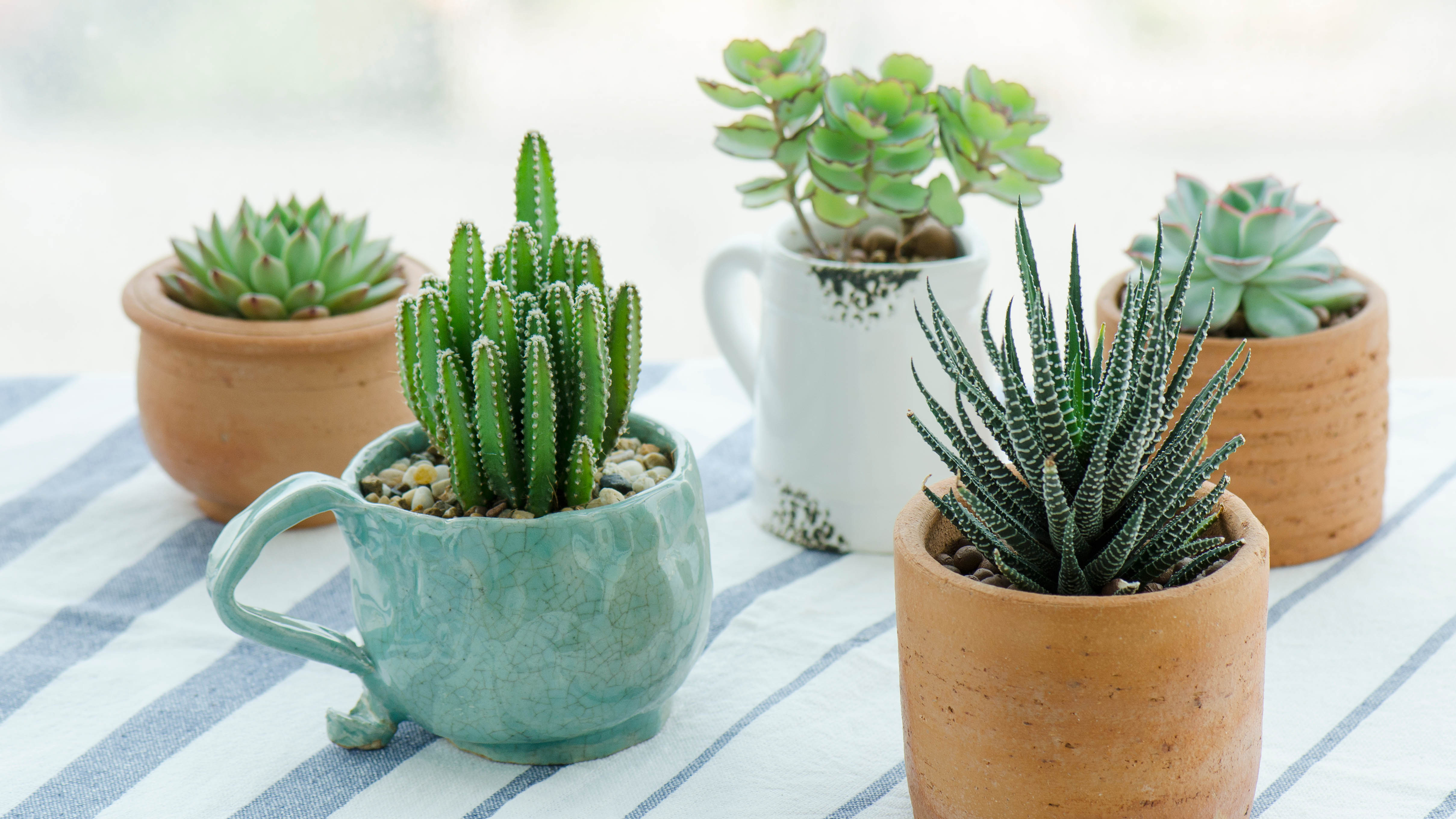
If you love an indoor garden, you’ll need to know how to care for succulents. Succulents are brilliant houseplants — they require minimum care, add a touch of décor to the space, and they can improve your mood as well. They’re an ideal addition to any home, whether you are new to gardening or boast a green thumb. However, despite the ease accustomed to raising these plants, mistakes can still be made.
Succulents require care and attention just like any other houseplant, and by ignoring its needs you could be stagnating its growth, or even damaging it. If you’re keen to give your succulent the TLC it deserves, we’ve pulled together this comprehensive guide on how to care for succulents. We will cover everything from soil preferences to best lighting conditions. Not to mention that all-important question of how much water it really needs. So, if you want to keep your indoor garden thriving, here’s how to care for succulents.
If your succulent needs a new home, check out how to repot succulents, just watch out for these 7 mistakes to avoid when growing succulents. Plus, here are 7 tips to help your plants survive while you're on vacation.
How to care for succulents
1. Give them enough light — It might sound like common sense, but plants do need light to survive. So if you shut your succulents in an enclosed bathroom, they will inevitably die. Ideally, established succulents should get about six hours of full sun first thing in the morning, followed by partial shade for the remainder of the day.
If your succulent is more of a sapling though, too much sun can do some damage, so reduce the exposure as necessary. It’s also worth flagging that some succulents do require more light than others, especially those from the southern regions, such as cacti and yuccas. On the other hand, low light succulents also exist, such as snake plants and aloe vera.
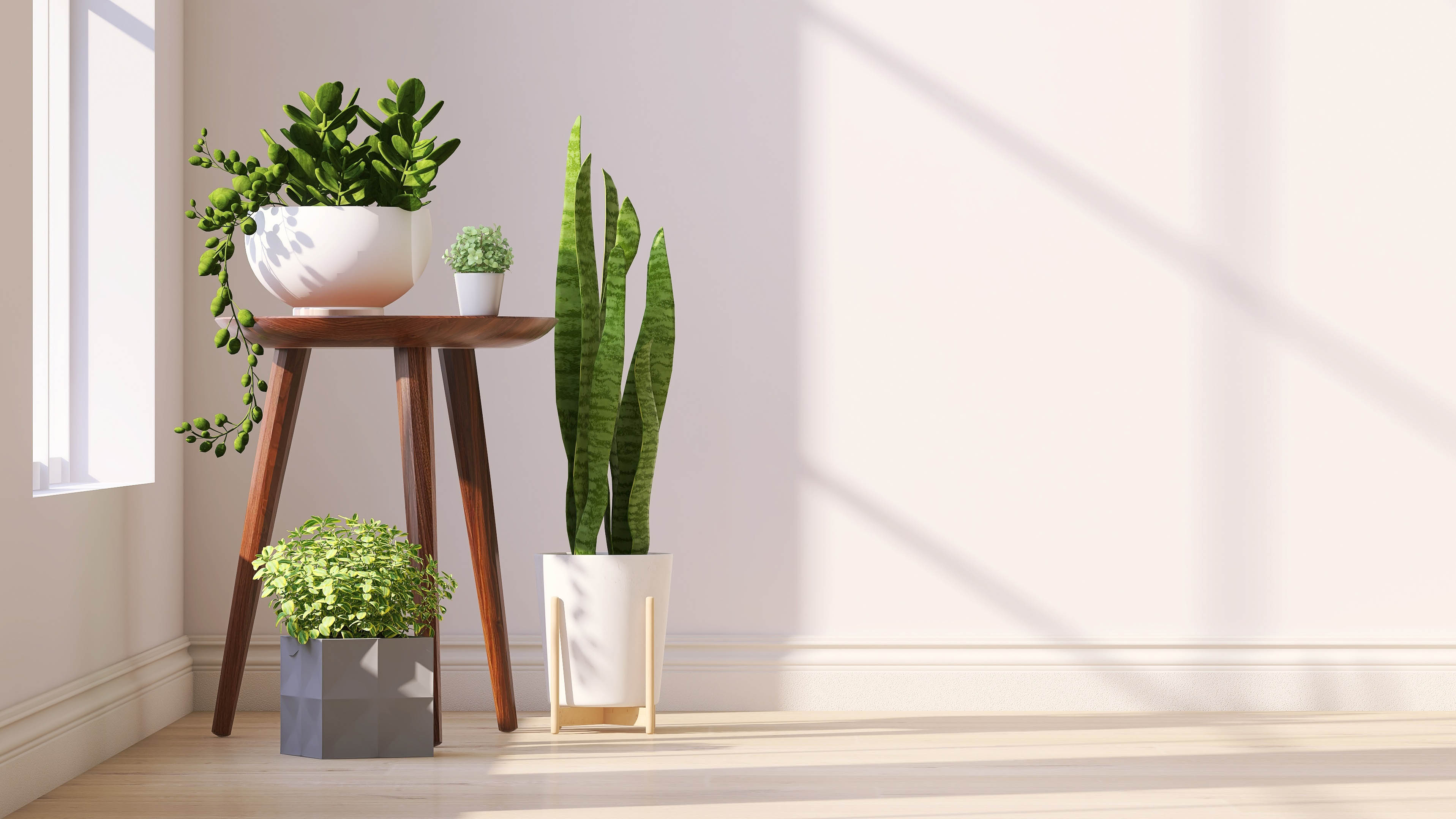
2. Keep them watered and fed — An obvious point again, but many succulents are killed by either over or under-watering. And with so many being such a small size, this can be very easy to do. Succulents will naturally need more water in the summer, and less during the winter months. For general guidance, watering in the summer once a week is good practice, while as little as once a month may suffice in the winter.
You can always check how dry the soil feels using your finger — if the top inch feels dry, then it’s time to water. If you’re new to succulents, it’s also a good idea to use pots with drainage holes. This prevents you from over-watering, and you can re-use any excess in the tray on other succulents. You can also add a small amount of fertilizer during the spring or summer months to help with growth. We recommend Miracle-Gro Succulent Plant Food ($12.94, Amazon).
Sign up to get the BEST of Tom's Guide direct to your inbox.
Get instant access to breaking news, the hottest reviews, great deals and helpful tips.
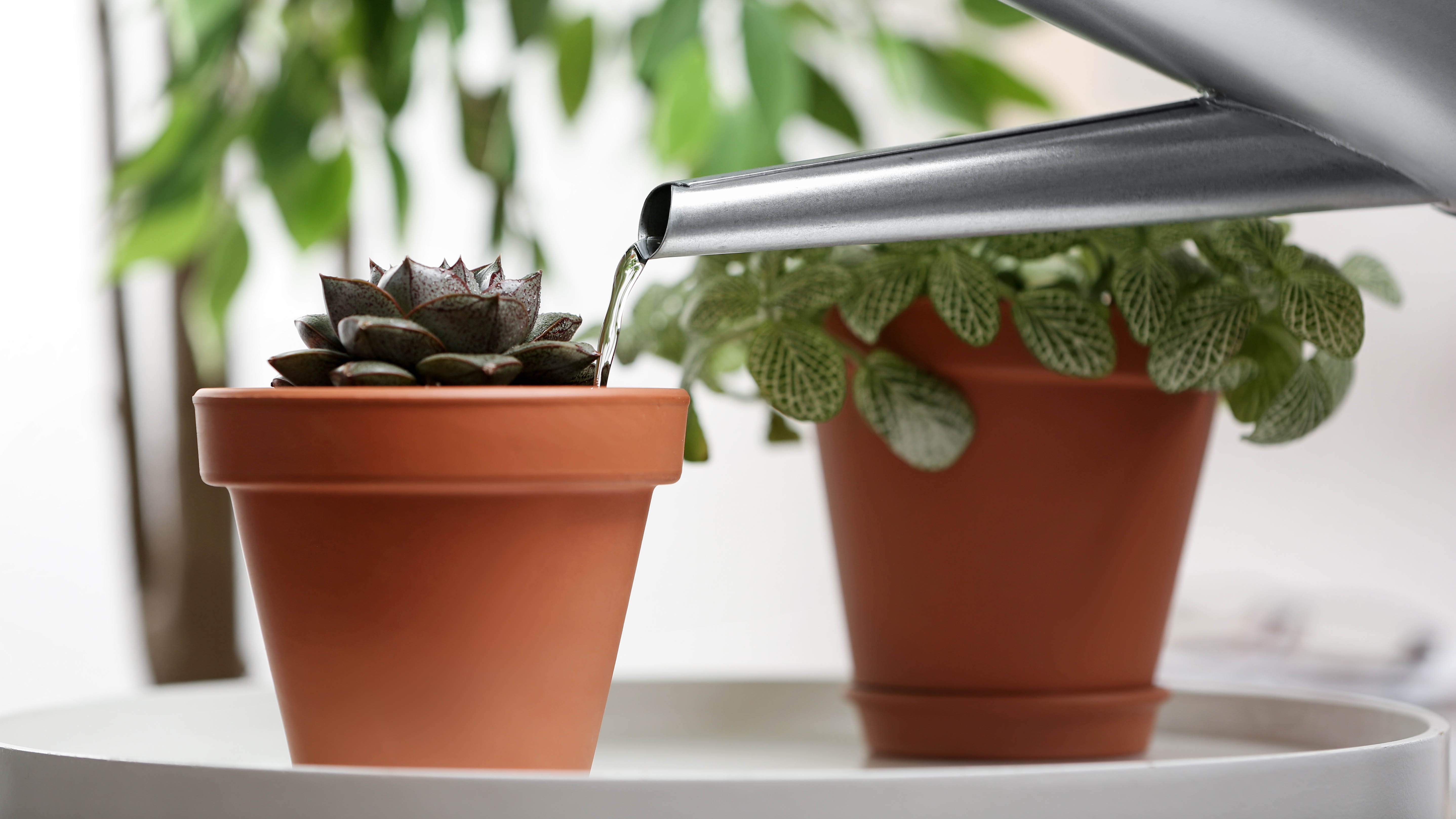
3. Watch the temperature — While succulents are pretty hardy, few will survive temperatures which drop below freezing, so keep them tucked up indoors during the colder months. Likewise, if the temperature is too high, say above 90°F, this too will kill most succulents.
Ideally, you want the temperature to range from 40-80°F for your plants to stay happy. But, remember, the higher the temperature, the more often they will need watering.
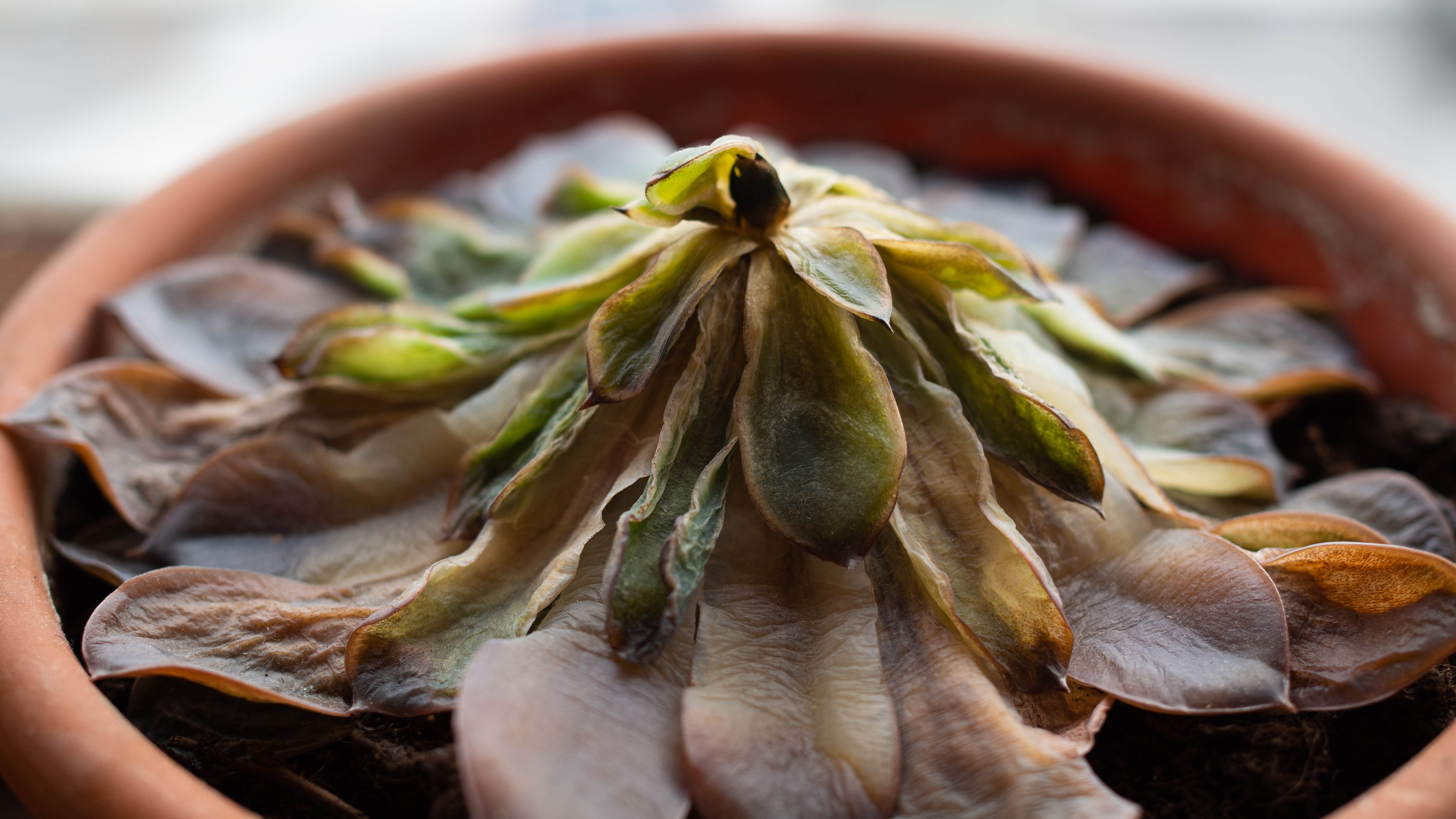
4. Rotate your pots — Wherever you’ve placed your succulents, odds are one side is not getting as much light as the other. Over time, this can result in your succulent growing in the direction of the sun and "leaning."
Preventing this is easy: Simply rotate your plant every so often to give the other side some sun. This makes them look better and gives their growth better support.
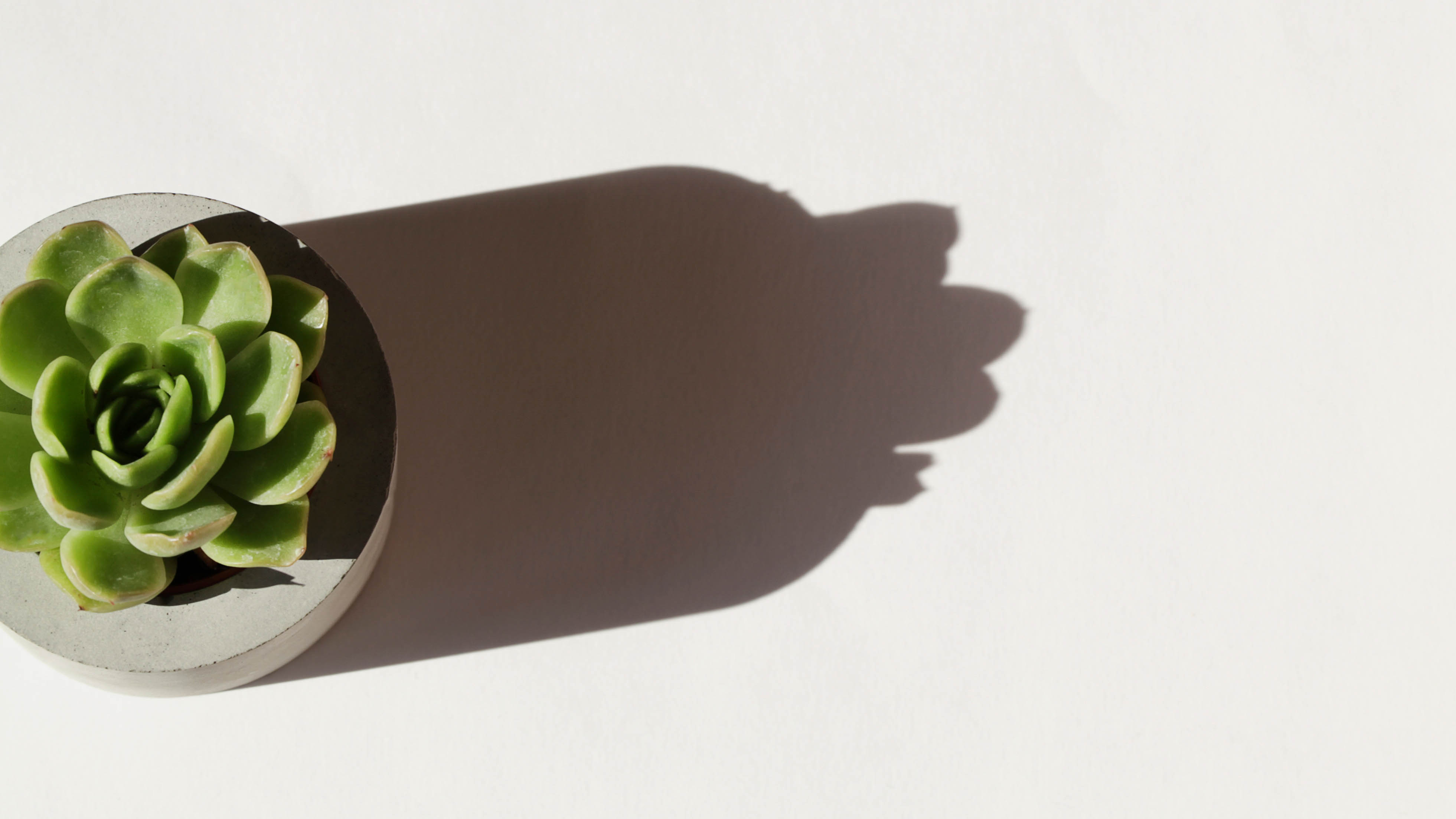
5. Keep pests at bay — While you might think indoor succulents will be free from pests, think again. Gnats and mealybugs are attracted to damp soil and fertilizer, which can make them an unwelcome guest on your succulents.
First, you need to isolate any plants which show signs of infestation and clean the area to prevent it from spreading to others. Next, mix up a solution of one part 70 percent isopropyl alcohol and one part water. Then spray the soil as well as any pests you can see on the leaves to kill them. Make sure the succulent is free of pests before putting it back with the others.
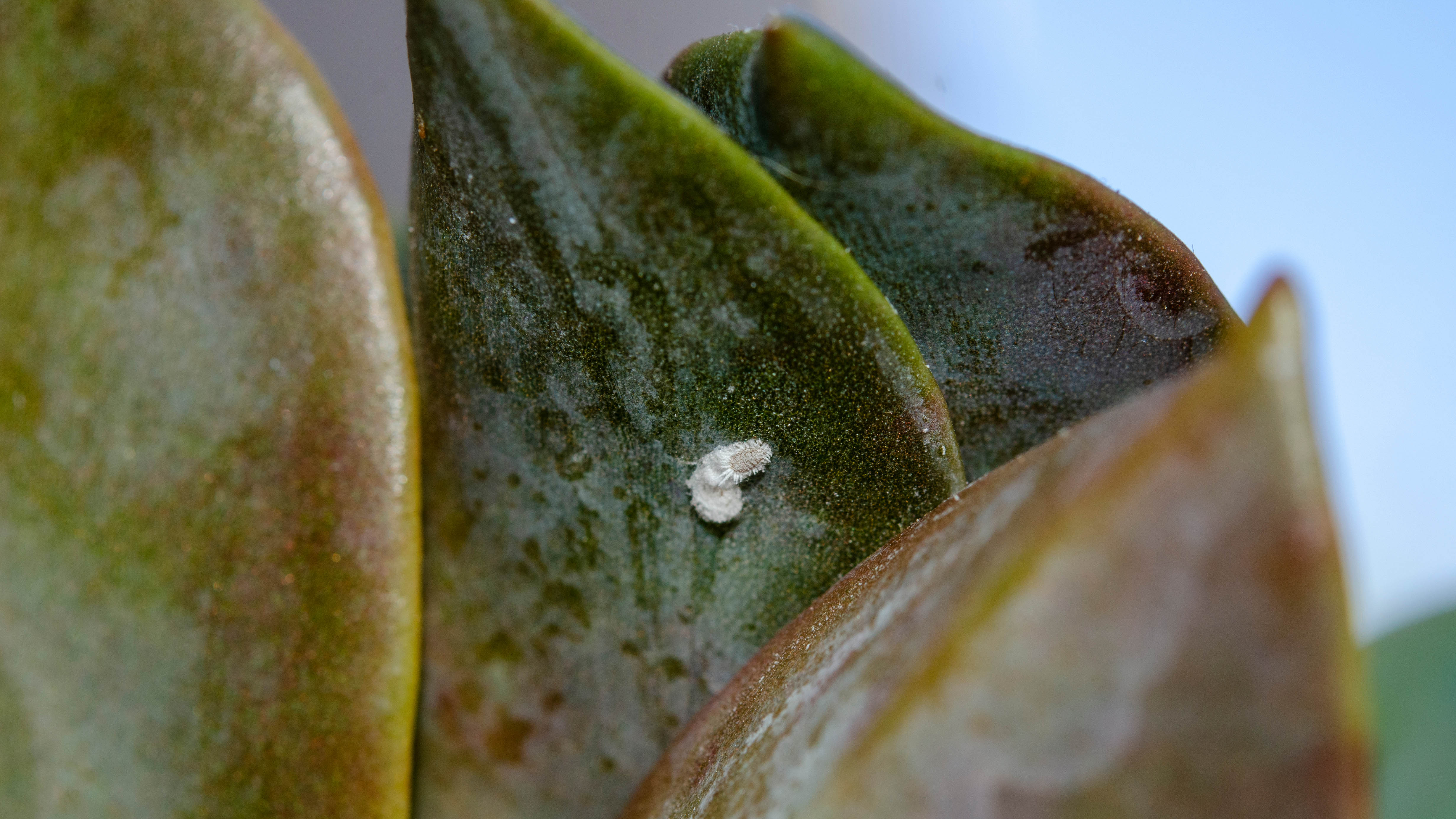
6. Use the right soil — Soil does matter and you might be using the wrong stuff. You need a soil which isn’t too dense and allows for fast-draining, which means everyday compost won't work. Instead, buy a dedicated succulent soil, such as Miracle-Gro Succulent Potting Mix ($12.13, Amazon).
You should look to repot your succulents every two years; you should do this during its growing season. Just be careful with the roots, as these can easily be damaged.
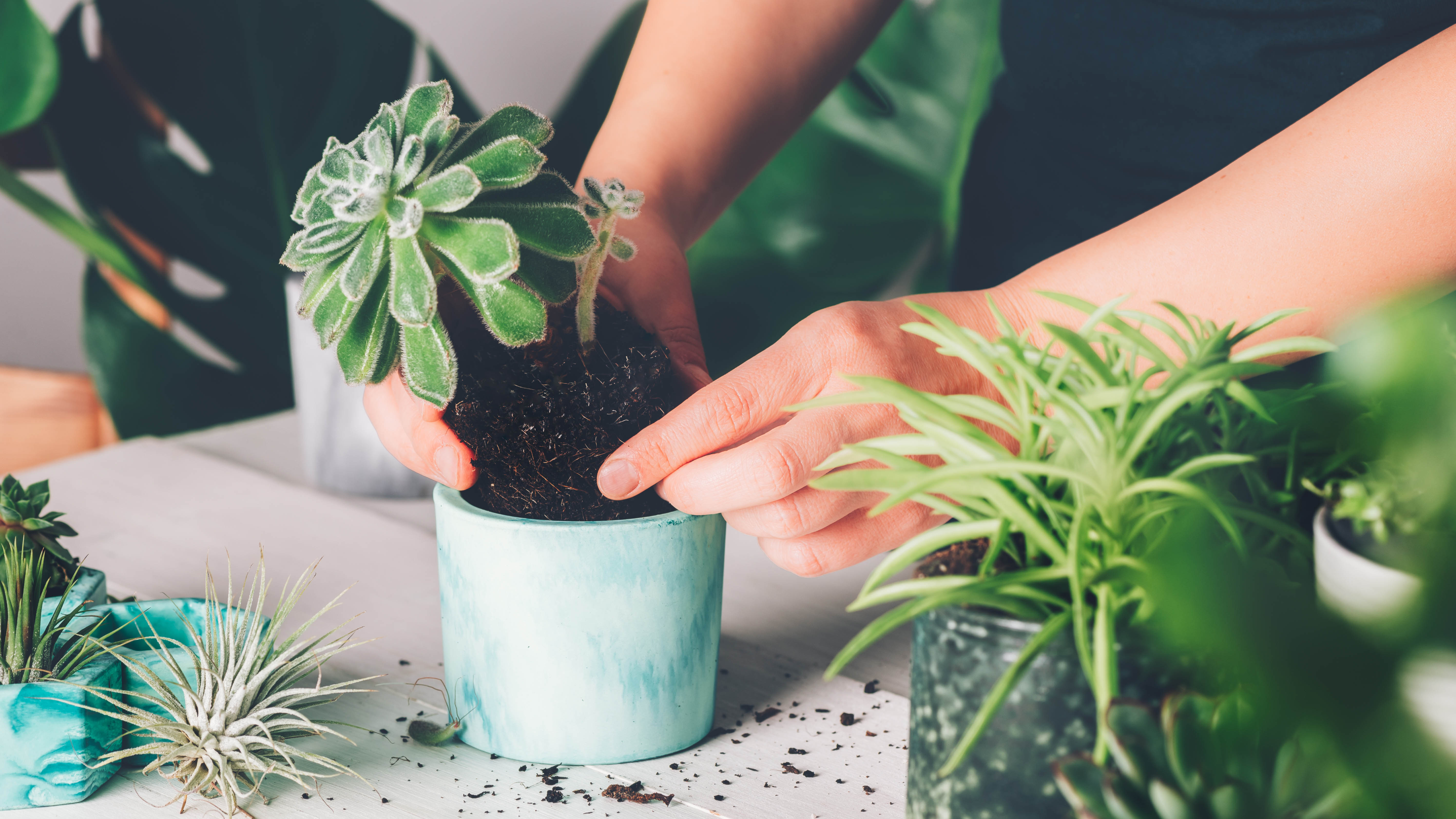
7. Give the leaves a once over — It’s always annoying when you notice dust building up on the leaves. Some of us won't do anything about it for fear of damaging the plant, but this myth needs to be busted.
Excessive dust can actually slow the growth of your succulent, so you’re better off getting rid of it. Plus, the colors will look much better without it. All you need to do is wipe the leaves down every so often with a damp microfiber cloth. You can also use a brush to reach any tight spaces.
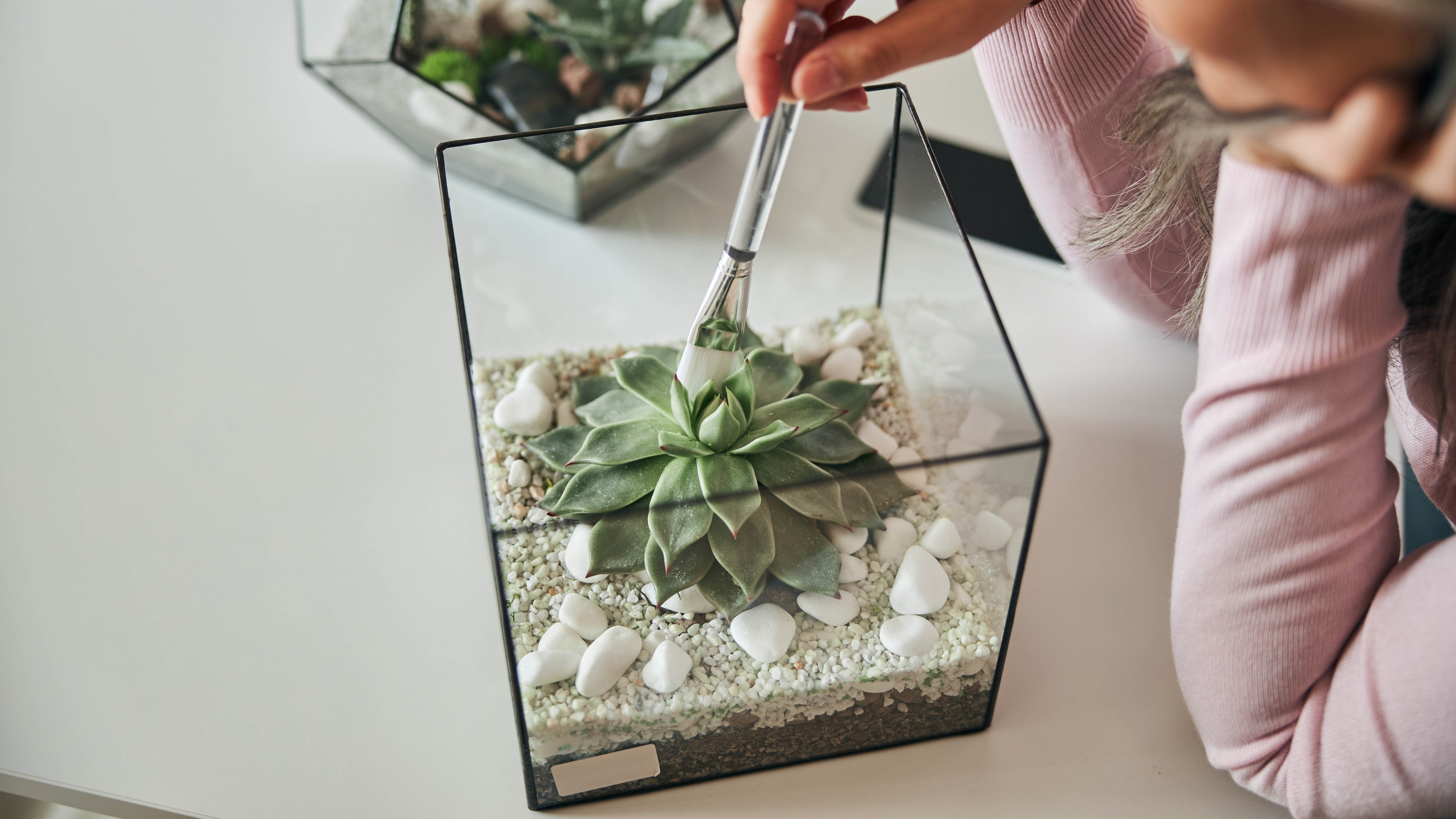
For more planting tips, tricks, and how-tos, check out our guides on how to care for a poinsettia, how to prune hydrangeas, how to grow strawberries, how to care for an orchid, and 5 things to get your garden ready for spring.

Katie Mortram used to be a Homes Editor for Tom's Guide, where she oversaw everything from kitchen appliances to gardening tools, as well as smart home tech. Specializing in providing expert advice for cleaning and home manintenance, she now works as Household Advice Editor for Good Housekeeping.
